“Those who ignore the past are condemned to repeat it.” – common misquote of George Santayana, The Life of Reason.
“OK Boomer.” – Phrase often uttered in frustration by people under the age of 65.
Both sayings are true – sometimes. So I’ll try to keep this short.
You Know You’ve Been Backpacking a Long Time When…
General
- You’ve seen lightweight backpacking revolutions come and go, and come back again.
- Leave No Trace meant carrying out your trash instead of burying it or burning it in a campfire. Except, LNT wasn’t invented yet.
- In the 1970s, you tried winter backpacking because trails and camps were too crowded in the summer. You barely survived.
- You bought each revised edition of The Complete Walker by Colin Fletcher—from a local brick-and-mortar bookstore, as it was published.
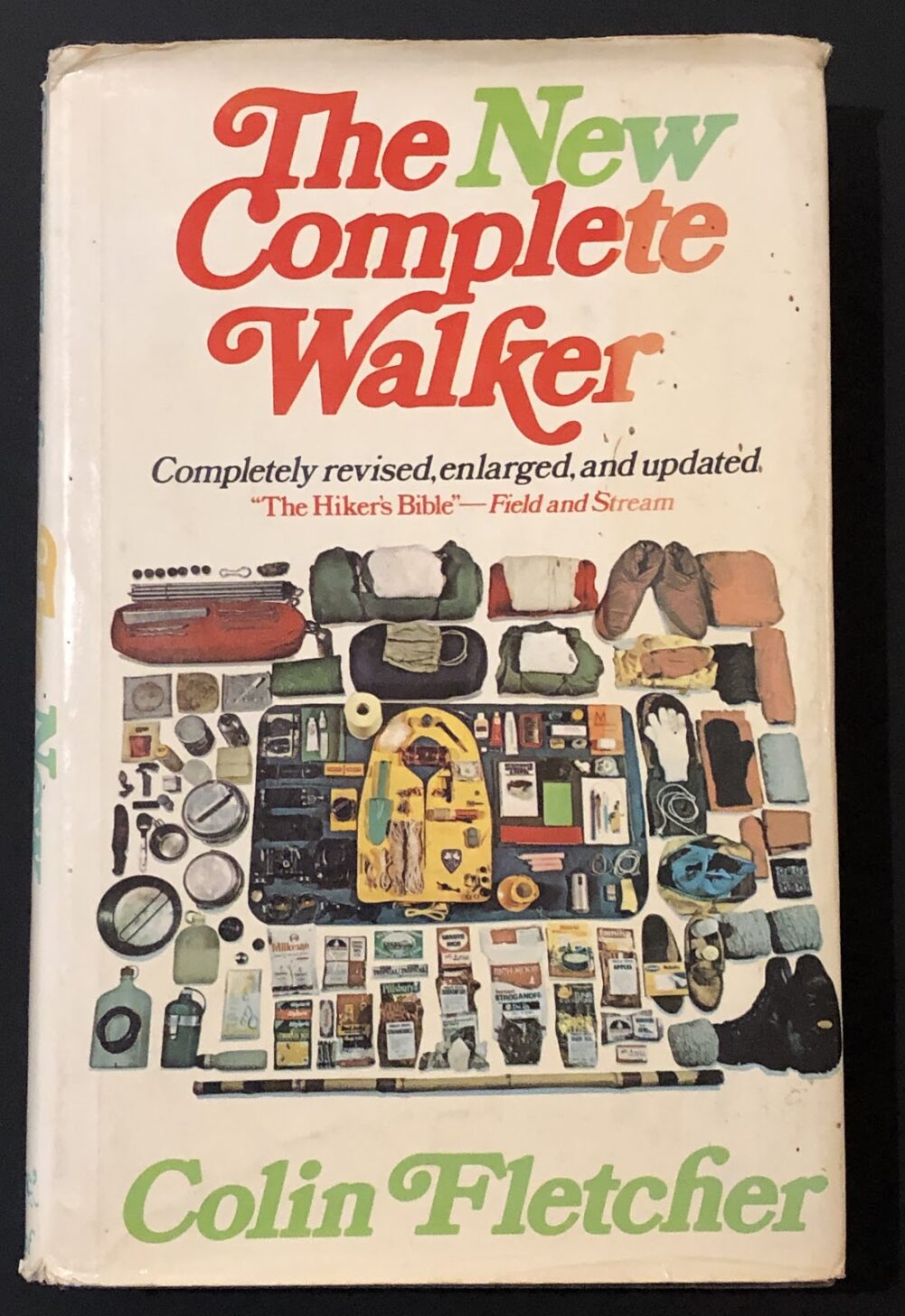
- And you bought most of the gear he wrote about, including that crappy little flashlight he praised.
- You remember being slightly sad when the authorities started requiring permits to hike Mount Whitney.
- You’ve been an REI member for well over half the co-op’s existence.
Gear
- You looked forward to the next REI mail-order catalog because the nearest store was a ten-hour drive away.
- You remember when REI catalogs listed weight and other important specifications of everything they sold.
- You signed up for the Stephenson’s Warmlite mail-order catalog because they had unusual equipment and interesting photos.

- You wondered why Chouinard Equipment disappeared because you loved their catalogs and still have some of their gear.
- Pieces of vintage equipment you still use now command premium prices on eBay.
- Your tents and packs were mostly aluminum and polyurethane-coated nylon, which was a big improvement over wood, steel, and canvas. Except, the polyurethane rotted, stank, and peeled off after a few years.
- Only rarely-seen European hikers used trekking poles, and you always stopped to ask why.
- Commonly available lightweight tents, sleeping bags, backpacks, and boots weighed at least 4 pounds (1.8 kg).
- You remember when rolls of film were packaged in sturdy, threaded aluminum canisters that you reused for backpacking supply storage. And you hoarded them when Kodak switched to plastic with snap-tops.

- You carried one of the lightest and smallest film cameras on the market, with a button battery for the light meter which lasted years. The camera used manual film advance, rewind, focus, ASA (now known as ISO), shutter speed, and f-stop settings.
- Your entire electronics kit consisted of that camera, plus Fletcher’s favorite flashlight with a spare incandescent bulb, which ate carbon-zinc AA batteries for dinner nearly every night.
- Out of necessity, you practiced changing flashlight batteries and bulbs with your eyes closed.
- You were amazed when high-capacity alkaline batteries became available, happy when small, rugged, waterproof flashlights hit the market, and thrilled when LEDs replaced fragile, short-lived, battery-eating incandescent bulbs.
Clothing
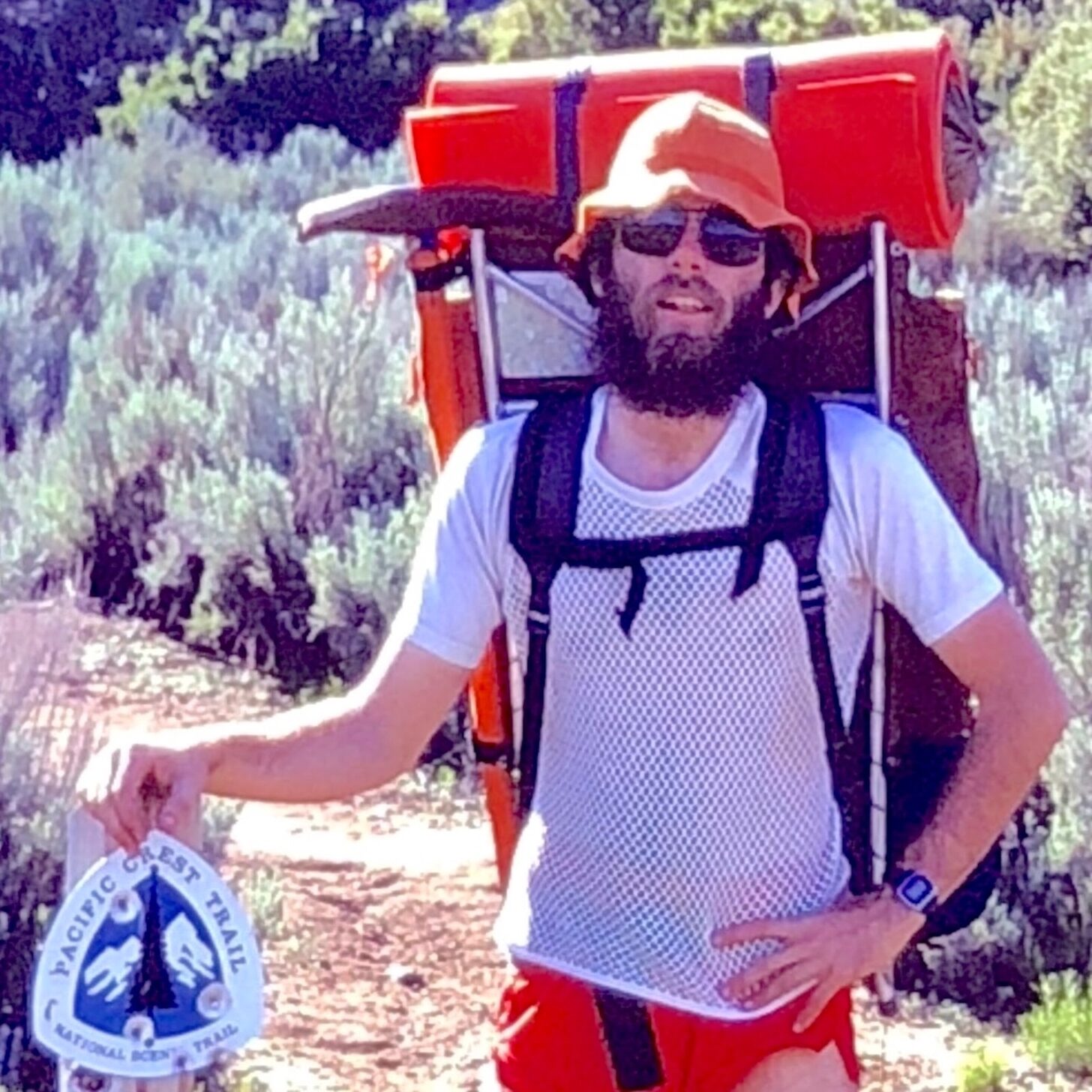
- You believed that cotton mesh T-shirts and long johns could keep you both warm and cool in a wide range of conditions. Until you wore them in the wilderness. At least the cool part was correct.
- And you believed that 60/40 cloth hooded jackets could keep you dry in the rain—until the first storm hit.
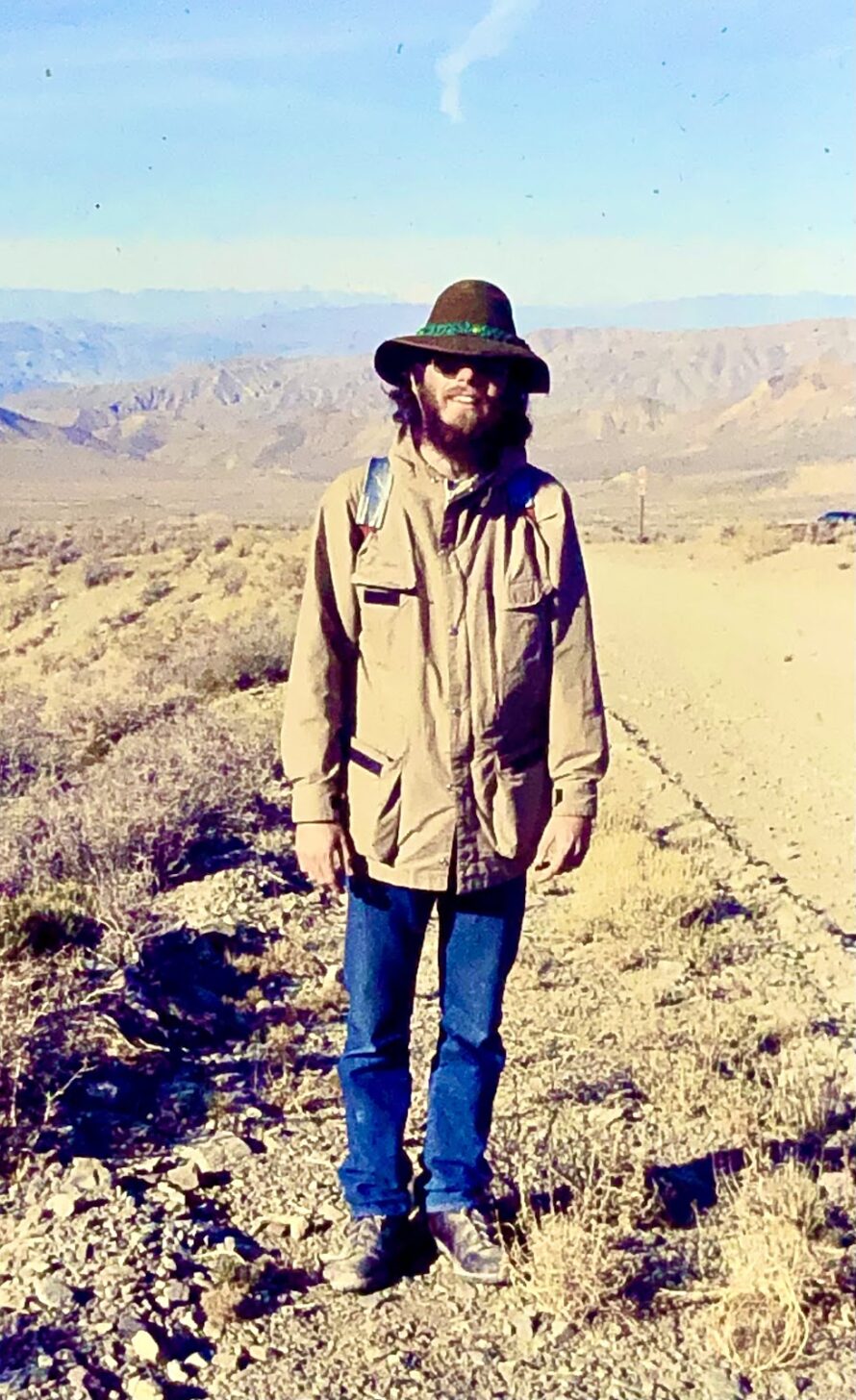
- You experienced just how bad first-generation Gore-Tex jackets and pants were. And you still believe they haven’t gotten a whole lot better.
- You bought a first-generation polyester pile jacket in the 1970s that promised to be warm when wet.
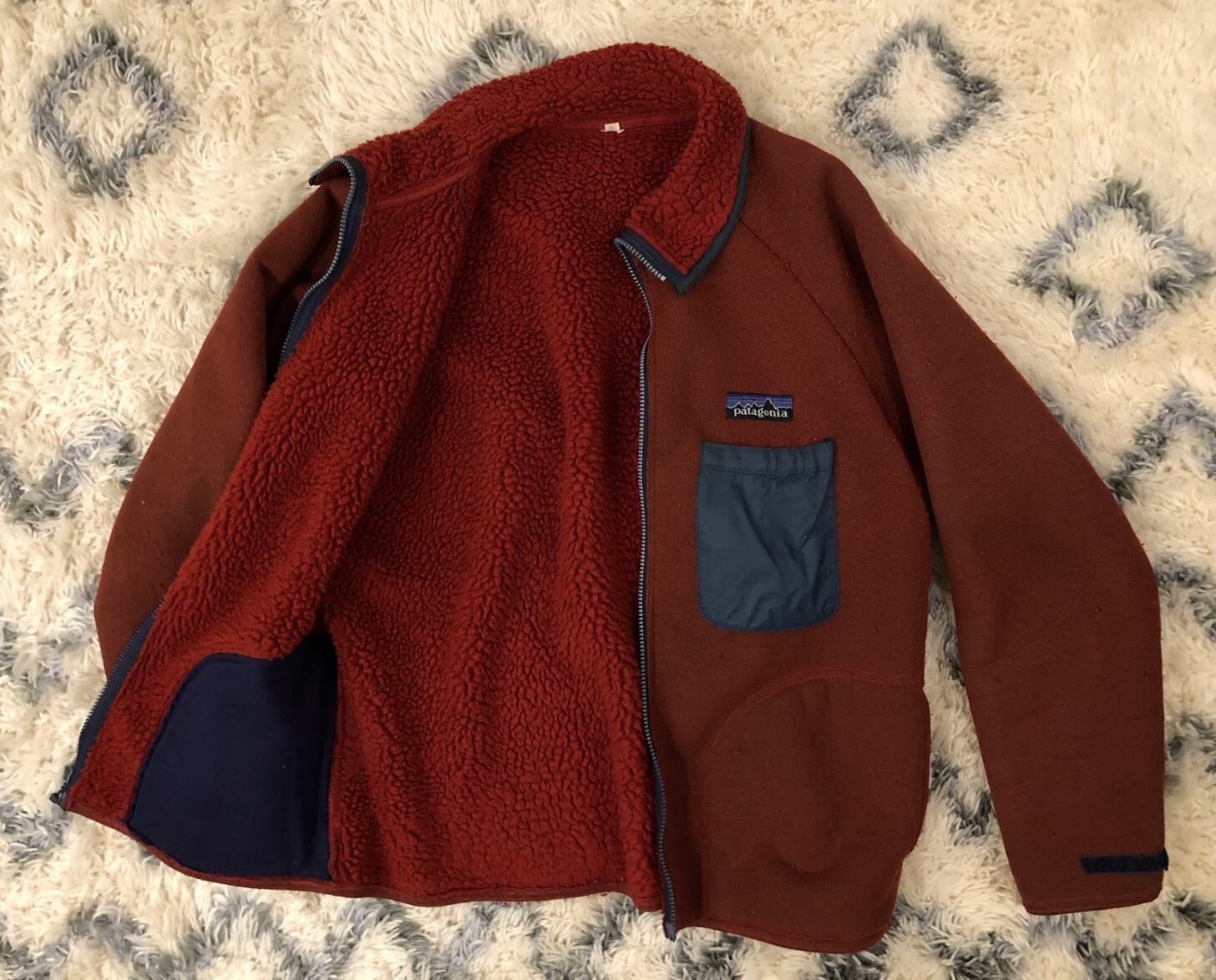
- But you wondered if the pile was ready for prime time after discovering it chilled you with the slightest breeze, then quickly fell apart. You wouldn’t try windshirts until the early 1990s—and then you fell in love with a cheap, ugly pink one. Until another, named for a magician, stole your heart.
Backpacks
- Your first backpack was a cotton canvas rucksack hanging on an external steel frame with unpadded shoulder straps and no hipbelt.
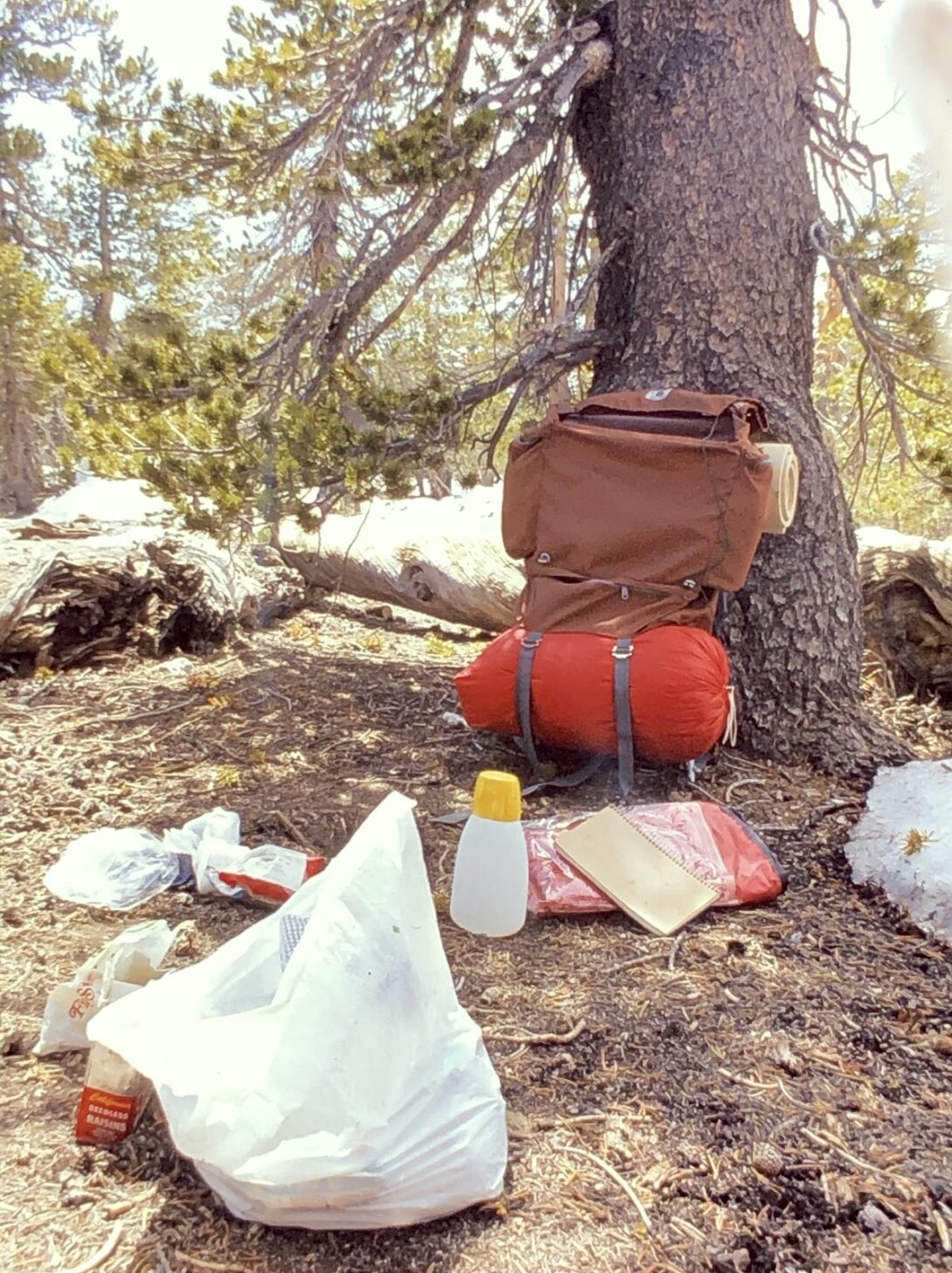
- You and your hiking buddies were in awe of the first Kelty external frame pack you saw because it had padded shoulder straps and a hipbelt.
- You finally broke down and bought one of those new-fangled internal frame backpacks—and never went back.
Tents
- Your first shelter was a single-walled pup tent made with thick canvas, wooden poles, and steel stakes. On a rainy night, if you bumped the wall, water came pouring in through the fabric.
- You thought that the plastic tube tent was a miraculous invention—light, simple, waterproof, and easy to set up. Until you actually slept in one.
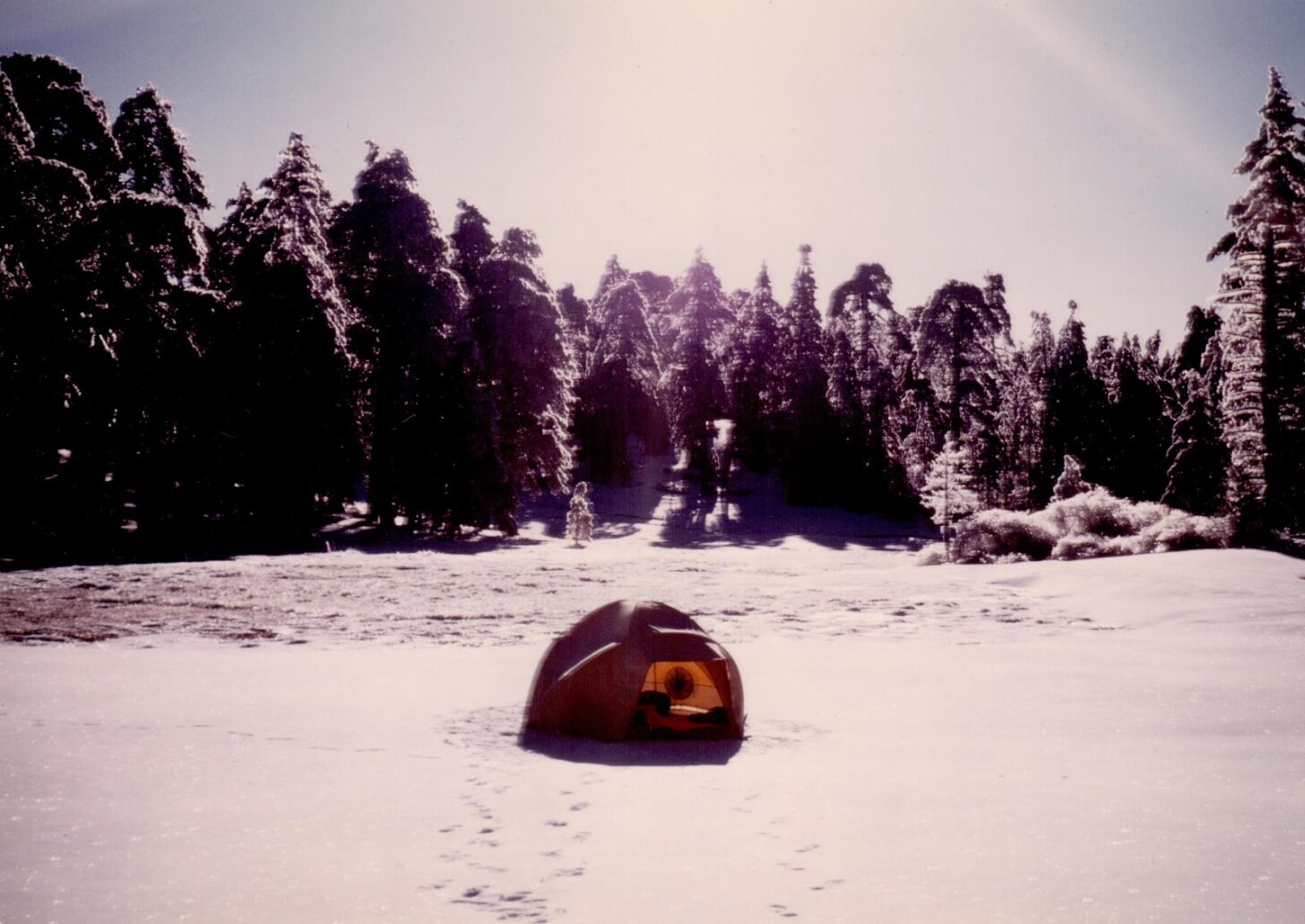
- You remember when the most common backpacking tents were A-frames—which looked just like pup tents built from nylon and aluminum.
- You thought a lightweight tent was anything under 5 pounds (2.3 kg) but worried if it would be strong enough in a storm.
- You remember what a revolution the first geodesic dome tents were—complicated and heavy.
- Henry Shires showed you how to set up an early TarpTent you had just purchased, on the front lawn of his old home in Redwood City.
Sleep Systems
- Your first sleeping bag had a built-in, thick, vinyl groundsheet under synthetic insulation covered in flannel, and weighed almost as much as your base pack weight today.
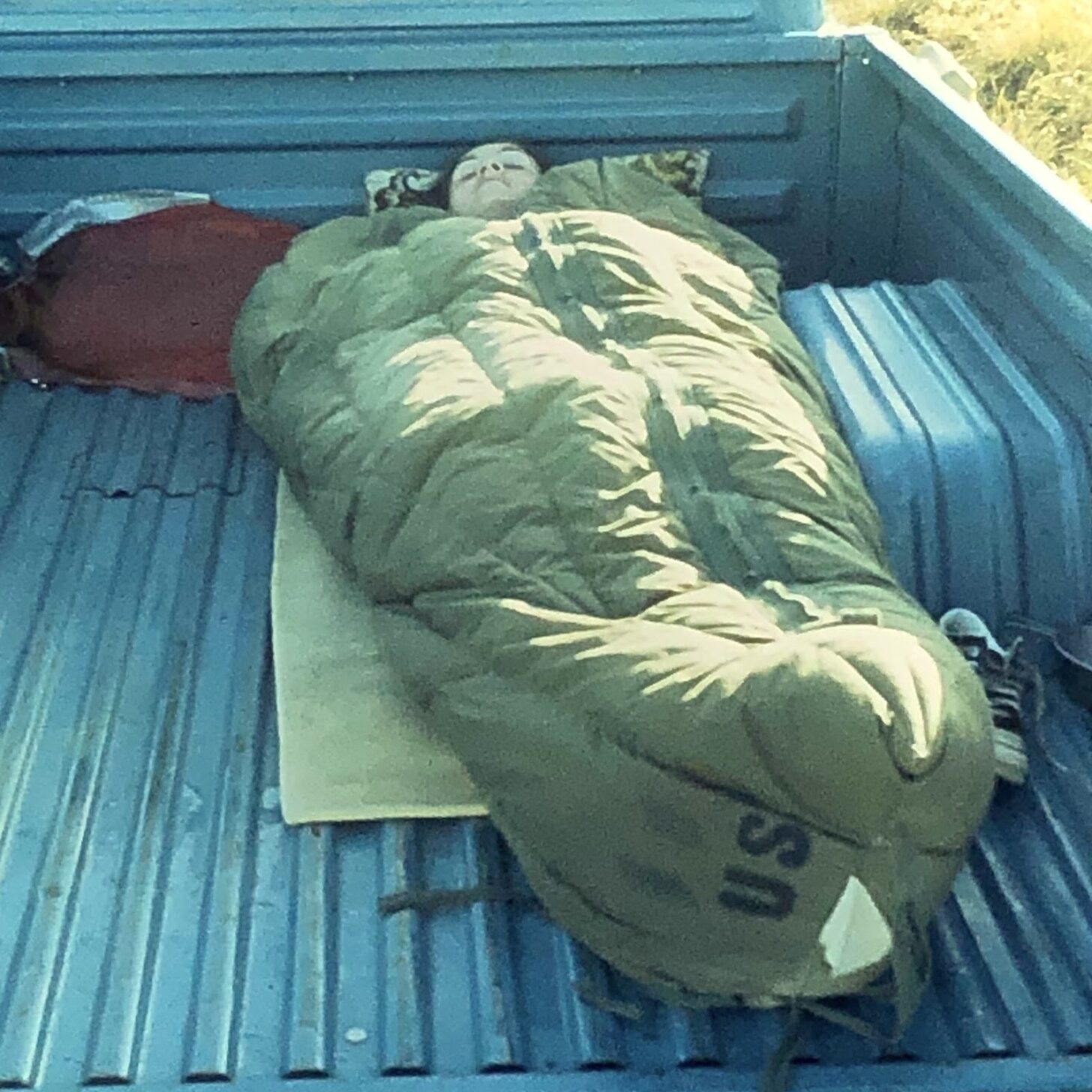
- Your second sleeping bag was Army surplus, filled with duck feathers held in place by cotton fabric and a chest-mounted brass zipper. But it was much warmer and lighter than your first bag.
- Your third one was a state-of-the-art goose-down mummy bag, in which you nearly froze to death during an unexpected snowstorm while cowboy camping.
- So you bought a much heavier synthetic bag. Which you used for a few years until you learned to sleep smarter.

- You replaced your popular beige Ensolite closed-cell foam sleeping pad every couple of years because Southern California smog kept rotting it.
- You were amazed but skeptical when the first Therm-a-Rest self-inflating mattresses came out.
- You waited about 30 years to buy one on sale, just to make sure it wasn’t a passing fad. It was okay, but you replaced it a couple of years later.
Footwear
- Your first hiking boots were high-topped cotton-and-rubber basketball shoes.
- You promptly melted the soles by standing too close to a campfire on a cold rainy night. While wearing a cotton T-shirt, jeans, and socks.
- Your Vietnam War surplus jungle boots were a big improvement. But they also gave you numerous blisters.

- Then you totally bought into the popular idea that heavy leather waffle-stomper boots were best, and would get more comfortable after a brutal and lengthy break-in period. Except they never did.
- And you laboriously rubbed in a half-pound of Sno-Seal in a fruitless attempt to keep them dry.
- Nike Lava Dome hiking shoes seemed like a miracle in 1981 when you took your first pair straight out of the box at the trailhead, then hiked 12 miles (19 km) of rugged trails—without blisters.
- After Nike discontinued them, you tracked down remnant pairs for years, because trail running shoes hadn’t been invented yet.
Food and Water
- You carried canned food. And fried Spam in a mess kit over a campfire. And made breakfast toast by impaling a slice of mangled Wonder Bread on a stick propped over the flames. Because that’s all you knew when you started.

- You thought freeze-dried backpacking meals were a miraculous invention. Until you ate a few and nearly gagged each time.
- You carried powdered lemonade to mask the flavor of iodine used to purify water. It worked, sort of.
- But you rarely purified water, and never got sick drinking from backcountry sources.
Pacific Crest Trail
- You didn’t see any other thru-hikers in the spring of 1980 while walking hundreds of miles from Campo to Weldon.
- You ran into exactly one trail angel, but they weren’t called that yet.
- And you spent the night throwing up in their bathroom, probably from PCT anxiety.
- When you first heard rumors of Eric Ryback hiking 40-mile (64 km) days on his 1970 thru-hike, you thought they were preposterous.
- Even 20-mile (32 km) days seemed out of reach while carrying a 55-pound (25 kg) pack.
- Since the PCT wasn’t finished, you road-walked more than 100 continuous miles (160 km) across the Mojave Desert—among many other highway strolls.

- You carried over a pound (454 g) of USGS topo maps, Forest Service maps, AAA road maps, and sliced-up Wilderness Press guidebooks, plus a good compass, because there was no GPS and no Guthook.
- But you still played “Where’s the PCT?” for days at a time. Often you gave up and muttered: “When in doubt, head north.”
- You made short, expensive, collect, long-distance calls from ubiquitous payphones in the front country, and even at trailheads, to keep in touch with your family and girlfriend in the same state. Because there were no mobile phones or satellite communicators.
- You thought minimizing mail drops was a good idea, but suffered while hauling two weeks of food between post offices.

- Resupply boxes included rolls of Kodachrome film, plus pre-stamped mailers to get the slides developed and sent home.
- You rationed how many pictures you took each day, and carefully composed each shot. Because film and developing were expensive, and you couldn’t see the slides until you got back.
Conclusion
I’ve learned a lot in more than 50 years of backpacking, and I wouldn’t trade those experiences for anything. But I wish I had better gear and a shorter learning curve. Get out as often as you can—even with imperfect gear and trails.
Remember: you don’t stop backpacking because you get too old—you get old because you stop backpacking.
Related Content
- More by Rex Sanders
- What have you learned over the years? Read this forum post, and then share what you’ve learned in the discussion below!
DISCLOSURE (Updated April 9, 2024)
- Product mentions in this article are made by the author with no compensation in return. In addition, Backpacking Light does not accept compensation or donated/discounted products in exchange for product mentions or placements in editorial coverage. Some (but not all) of the links in this review may be affiliate links. If you click on one of these links and visit one of our affiliate partners (usually a retailer site), and subsequently place an order with that retailer, we receive a commission on your entire order, which varies between 3% and 15% of the purchase price. Affiliate commissions represent less than 15% of Backpacking Light's gross revenue. More than 70% of our revenue comes from Membership Fees. So if you'd really like to support our work, don't buy gear you don't need - support our consumer advocacy work and become a Member instead. Learn more about affiliate commissions, influencer marketing, and our consumer advocacy work by reading our article Stop wasting money on gear.




Home › Forums › You Know You’ve Been Backpacking a Long Time When…